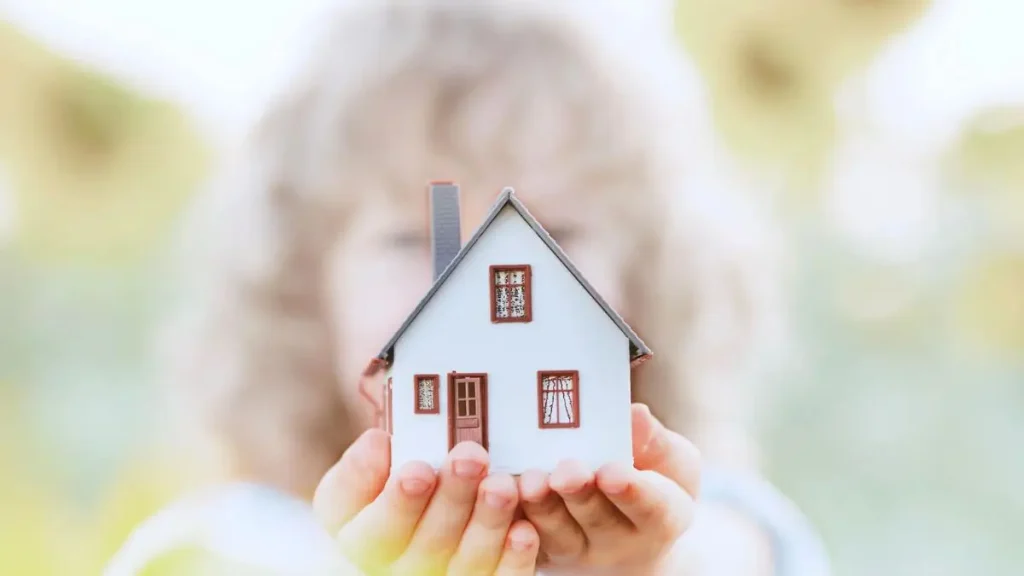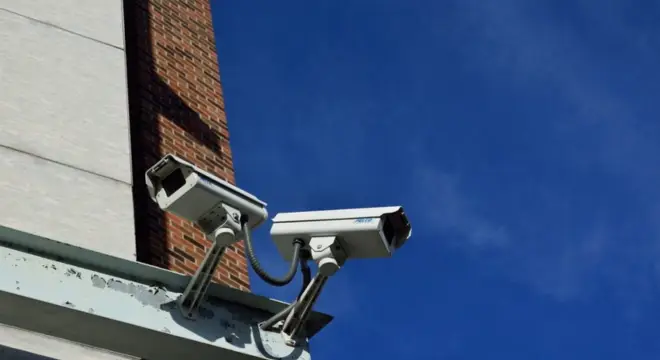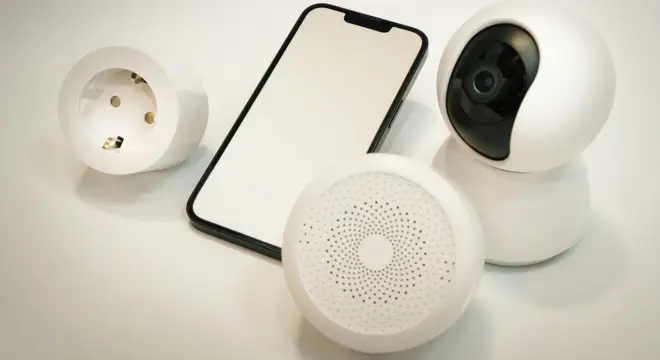4 Dead in US Home: Investigators Highlight Lack of Emergency Alert Systems
Home is supposed to be our safest space — the place where we unwind, feel protected, and build memories with the people we love. But what happens when the threat doesn’t come from the outside, but from within? A recent and tragic incident in the U.S. has again exposed a painful reality: sometimes, our homes are not as secure as we believe.
This isn’t just about doors and windows being locked. It’s about emotional safety, mental well-being, and recognizing early warning signs that could prevent a devastating outcome. Could technology, awareness, and better safety protocols have made a difference? That’s what we’ll explore today.
Domestic Safety: It’s More Than Just a Lock and Key
When we talk about home security, most people imagine surveillance cameras, door sensors, or alarm systems that alert the police if someone breaks in. While these tools are essential, they’re often designed to defend against external threats — burglars, intruders, or trespassers.
However, statistics show that a large number of violent crimes happen not from outsiders, but from someone already living within the home. This makes domestic safety more complex. It involves emotional dynamics, mental health, and the ability to identify stress signals long before they spiral out of control.
True home security is layered. It’s not just physical, but psychological. It’s about creating an environment where both prevention and protection work together — especially in families under silent stress.
Behind Closed Doors: Understanding the Threat Within
In a deeply disturbing case from Georgia, a man reportedly stabbed his wife and two young sons to death before taking his own life. Authorities arrived at the residence only after a welfare check was requested, suggesting that no immediate alarm or alert had been triggered prior to the tragedy. The family had no prior criminal records or public history of domestic disputes, making the incident even more shocking to neighbors and officials alike.
This kind of violence, occurring within the perceived safety of one’s own home, raises questions not just about mental health support but also about how well we understand the subtle signs of emotional and behavioral breakdowns in loved ones.
Domestic violence doesn’t always announce itself with obvious signs. Often, it builds quietly over time — through moments of isolation, mood swings, emotional distance, or controlling behavior that gradually escalates.
When safety is compromised from within, traditional security systems — built primarily to deter outside threats — can fall short. That’s why it’s critical to understand both the psychological and practical measures needed to maintain a truly safe home environment.
Can Home Security Systems Prevent Domestic Tragedies?

While no technology can fully predict human behavior, smart home security systems have evolved beyond just detecting outside threats. Many now offer internal safety features that could help in critical situations, especially in homes where emotional tension or potential domestic abuse may be present.
For example:
- Panic buttons or silent alerts can allow a person in danger to discreetly request help.
- 24/7 indoor monitoring (with consent) can notify family members or emergency services if violent activity is detected.
- Wellness checks via smart speakers or medical alert systems can offer peace of mind, particularly for the elderly or individuals facing mental health challenges.
- Geo-fencing and motion tracking can detect unusual activity patterns, such as someone pacing at odd hours or entering restricted areas of the home repeatedly.
Of course, these tools are only effective when installed and used with awareness and intention. But they could buy crucial minutes — or even save lives — when immediate intervention is needed.
Have you ever considered how your current home setup would respond in a crisis? Share your thoughts in the comments — whether it’s a smart lock, panic button, or just open conversations at home, we’d love to know what safety means to you.
What We Can Learn from This Tragedy
In light of the Georgia incident, we must ask: are we missing early signs, both as individuals and as a society? According to authorities, the family showed no outward signs of struggle. There were no police complaints, no visible red flags — only silence before the storm.
This tragic event was first reported by NDTV, which detailed how the man fatally stabbed his wife and children before ending his own life. Investigators described the crime as a murder-suicide, one they believe may have been preventable — if someone had seen what was coming.
Even in seemingly stable households, emotional cracks may be hiding under the surface. That’s why it’s crucial to foster environments where mental health is monitored, conversations are open, and technology supports well-being, not just security.
Similar to the tragic events covered in previous incidents, a home invasion in Graham County left a man fighting for his life after being shot multiple times.
Recognizing the Emotional Red Flags
Not all danger looks like danger — sometimes it hides in behavior that’s easy to ignore or misread. Emotional instability, silent withdrawal, increased irritability, or expressions of hopelessness can all be early warning signs that something is seriously wrong. In family dynamics, these often get brushed off as “stress” or “just a bad day.”
Here are a few behavioral shifts that should never be overlooked:
- Sudden changes in sleep, hygiene, or social interaction
- Obsessive behavior or controlling tendencies toward family members
- Talking about death, disappearing, or “ending it all”
- Refusal to seek help or talk about feelings
- Aggressive outbursts that escalate over time
Training family members to observe without judgment, and creating safe spaces to talk, is one of the most powerful tools in preventing domestic tragedies. Emotional safety must go hand-in-hand with physical security — not after the fact, but before a situation escalates.
Have you ever noticed subtle signs in someone close to you that made you feel uneasy? Tell us (anonymously if you prefer) — your story might help someone else understand the signs they’re ignoring right now.
How to Make Your Home Emotionally & Physically Safer

Safety is a system — not a single lock, not one alarm, and definitely not just a camera on the porch. For true protection, especially in households with emotional or psychological tension, we need to blend smart security tools with mental health awareness.
Here’s what experts and home safety advocates suggest:
- Install layered security: Use door/window sensors, cameras (inside only with consent), panic buttons, and noise detection systems.
- Set up routine check-ins: Use smart speakers or wellness apps to check in with family members regularly, especially the vulnerable.
- Encourage open dialogue: Let home be a place where emotional struggles aren’t hidden or judged.
- Create “safe zones”: A space (even a room) where someone can go to de-escalate emotionally or physically.
- Practice family safety drills: Just like fire drills, but for emotional conflict. Teach everyone how to ask for help safely.
The best kind of home security doesn’t just prevent outsiders from breaking in — it prevents tragedy from growing silently inside.
The Role of Awareness in Prevention
While smart devices and home upgrades are valuable, no system works without human awareness. Prevention always begins with being present, asking questions, and noticing when something “feels off.” The tragedy in Georgia is heartbreaking — but it’s also a call to shift from passive to proactive safety.
Families, neighbors, and communities must work together to:
- Break the silence around mental health
- Normalize the use of preventive tech, even within homes
- Speak up when something doesn’t seem right
- Create emotionally safe environments where everyone feels heard
Sometimes the warning signs are subtle. But when paired with awareness, empathy, and technology — those signs don’t have to end in loss.
Final Thoughts
Home should feel like the safest place on Earth — not just because we have locks on the doors, but because we’re seen, heard, and protected emotionally and physically.
This article isn’t just about one tragic event. It’s about building homes where such events are less likely to happen in the first place.
Let’s treat safety not just as a product — but as a culture we build room by room.
Liked this article and want more content that actually helps you build a safer, more mindful home? Follow us for in-depth guides, real stories, and security advice that goes beyond just tech — because safety starts from the inside.\
Disclaimer: This article covers a sensitive real-life incident for awareness and educational purposes. It is not intended as medical, psychological, or legal advice. If you or someone you know is facing emotional distress or domestic issues, please seek help from a licensed professional or emergency services. Our aim is to promote safer, more secure homes through informed discussion.


